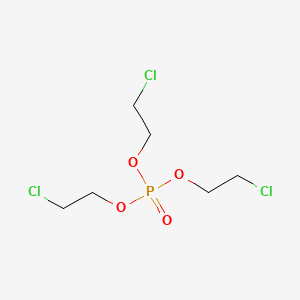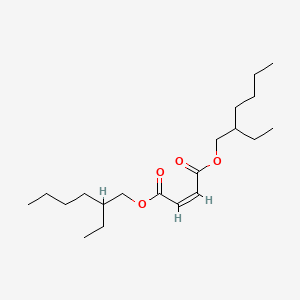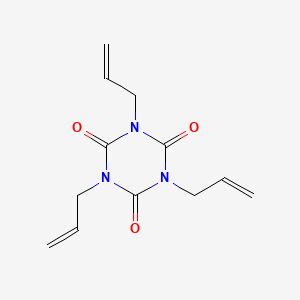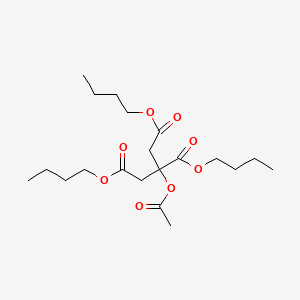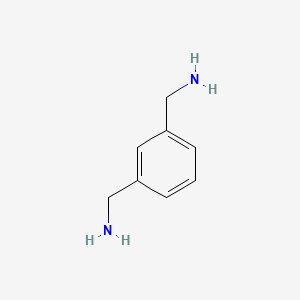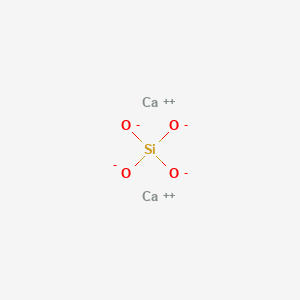HEPES CAS 7365-45-9
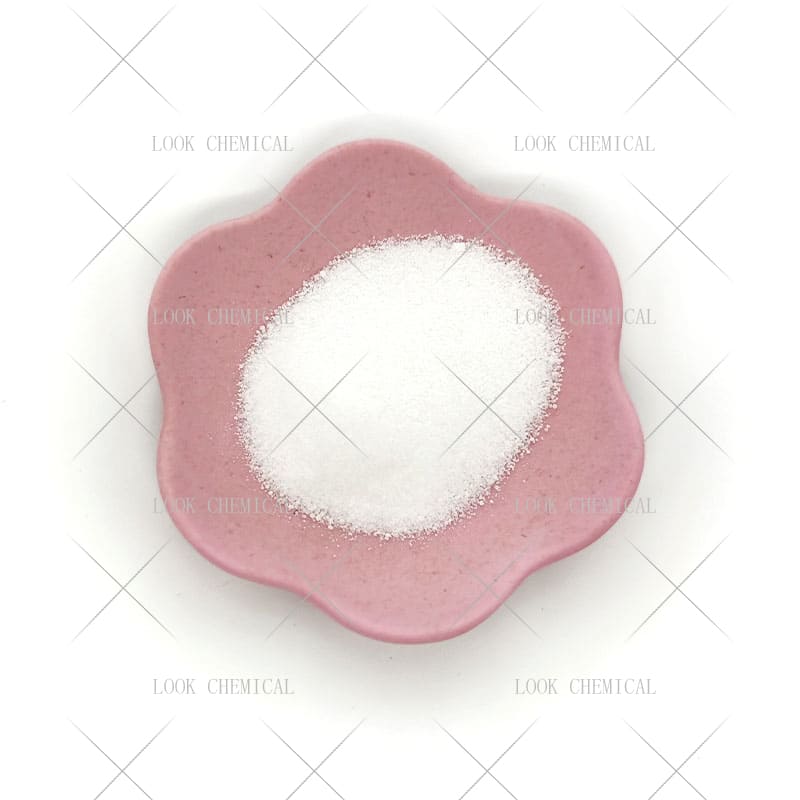
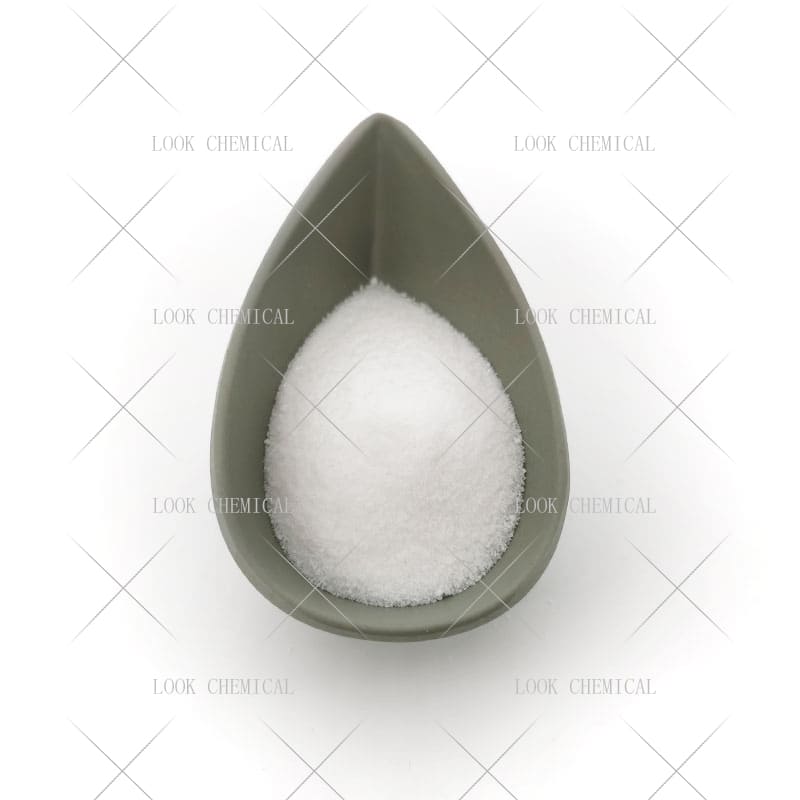
Free Sample HEPES CAS 7365-45-9
- Appearance:Powder
- Purity:99.8%
- Delivery:30days
- Sample Available:Available
- Payment:L/C,T/T,D/P,Paypal,Money Gram,Western Union
- Incoterm: FOB,CFR,CIF,EXW,FCA,CPT,CIP
- Transporta:Ocean, Land,Air, DHL,TNT FedEx
Name: HEPES
CAS: 7365-45-9
MOQ: 1KG
Directory Guidance on HEPES
Chemical Structure
Basic Info:
| Melting point | 234-238 °C |
| Boiling point | 408℃[at 101 325 Pa] |
| bulk density | 560kg/m3 |
| density | 1.07 g/mL at 20 °C |
| vapor pressure | 0Pa at 25℃ |
| refractive index | n20/D 1.339 |
Product Introduction:
HEPES, also known as 4-(2-hydroxyethyl)-1-piperazineethanesulfonic acid, is an important zwitterionic buffer. Its molecular formula is C8H18N2O4S, its molecular weight is 238.3, and its CAS number is 7365-45-9. The compound is a white crystalline powder at room temperature and pressure, has good water solubility, and its aqueous solution is neutral with a pH value of about 7.4. It has excellent buffering capacity within the pH range of 6.8 to 8.2, can maintain the pH stability of the solution for a long time, and has no toxic effect on cells, which makes it widely used in many fields.
The discovery of HEPES can be traced back to the 1960s, when researchers urgently needed a new reagent that could replace the bicarbonate buffer system in cell culture and enzymology research. The bicarbonate system relies on the CO₂ environment to maintain pH, and its chemical stability enables it to achieve long-term buffering without relying on the gas environment. This feature has rapidly promoted its popularity in the field of cell biology. At present, HEPES has become a key component in cell culture media, protein purification kits, and in vitro diagnostic reagents. For example, in mammalian cell culture, it can effectively neutralize the acidic byproducts produced by metabolism and avoid the negative impact of the sudden drop in culture medium pH on cell activity.
From the perspective of chemical synthesis, the preparation of HEPES is mainly through the ring-opening reaction of piperazine and ethylene oxide to generate hydroxyethylpiperazine, which is then combined with ethanesulfonic acid through sulfonation reaction. This process route has a high yield and purity, which can meet the needs of laboratory and industrial production. It is worth noting that its purity is crucial to its application effect. Commercially available HEPES products usually need to undergo multiple recrystallizations and ion exchange chromatography purification to remove metal ions or organic impurities that may interfere with the experiment.
Many buffers (such as Tris or EDTA) interfere with the activity of metal-dependent enzymes through chelation, and its molecular structure makes it less able to bind to metal ions, making it more suitable for experimental systems involving metal enzymes. For example, in PCR reactions, HEPES is often used to replace Tris buffer to reduce the inhibition of DNA polymerase activity. This property also makes it popular in protein crystallization and structural biology research, because the presence of metal ions may affect the folding or crystallization process of proteins.
Nature and Specifications:
| Item | Specification |
| Product Name | HEPES |
| CAS No. | 7365-45-9 |
| Appearance | Powder |
| Shelf Life | 2 years |
| Packing | As your requirements |
| storage temp. | 2-8°C |
| solubility | H2O: 1 M at 20 °C, clear, colorless |
| form | powder |
| color | White |
| PH | 5.0-6.5 (1Maqueous solution) |
Product service:
- Certificate Of Analysis (COA)
- Material Safety Data Sheet (MSDS)
- Route of synthesis (ROS)
- Method of Aanlysis (MOA)
- Nuclear Magnetic Resonance (NMR)
- Packing pictures and loading video before loading
- Free Sample
- Factory audit
HEPES finds wide application across a variety of fields, such as basic research, industrial production and clinical diagnosis. HEPES is most often utilized within cell culture settings as a supplement to bicarbonate buffer systems that may have deficiencies. Traditional cell culture media relies on CO2 to maintain pH levels, but in open cultures (such as microscopy or long-term experiments) CO2 escape can cause alkalinization of the culture medium and affect its pH balance. HEPES can greatly improve the buffering capacity of culture media, decreasing the need for frequent pH adjustments and thus increasing cell survival rate and maintaining experimental consistency. Its low toxicity also allows it to be used effectively when used in primary cell culture or stem cell expansion applications; its inclusion can prevent interference with metabolism of cells.
HEPES buffer is an indispensable reagent in protein purification and analysis, often being utilized during steps such as ion exchange chromatography and affinity chromatography purification steps to maintain an ideal pH environment and avoid denaturation or aggregation due to sudden pH fluctuations. it has also become widely utilized during monoclonal antibody purification processes where HEPES columns serve as buffering elution buffers that preserve antibody structure integrity; additionally it’s widely employed during protein characterization techniques like isoelectric focusing and circular dichroism spectroscopy; its low UV absorption characteristics won’t interfere with their detection of signals either!
Molecular biology experiments require more stringent requirements of their buffer systems. HEPES buffer is often utilized as an effective replacement to Tris in nucleic acid extraction and amplification applications, including reverse transcription PCR (RT-PCR). it is often employed to reduce inhibition of reverse transcriptase activity, thus increasing efficiency during cDNA synthesis. HEPES is also utilized by gene editing technologies (such as CRISPR-Cas9) for optimizing cell transfection conditions while its chemical inertness helps minimize nonspecific binding of nucleic acids to carrier materials thereby improving success rates of gene editing operations.
HEPES’ use in clinical diagnosis has also experienced rapid growth. Used extensively as part of immunoassay reagents (such as ELISA), it is used for dilution buffers and washing solutions with its stable pH environment ensuring specificity for antigen-antibody binding. Furthermore, its physiological compatibility makes HEPES an excellent candidate for blood preservation fluids; traditional ones relying on citrate or phosphate buffer systems may alter blood cell osmotic pressure or alter coagulation function; thus HEPES makes an excellent candidate to prolong shelf life while decreasing adverse reactions post transfusion.
Industrial biotechnology is another emerging application of HEPES. When added to fermentation media in bioreactors, HEPES helps maintain an ideal growth environment for microorganisms or mammalian cells, neutralizing organic acids produced during metabolism to avoid pH drops that would otherwise adversely impact expression of proteins produced through large-scale production. Furthermore, its buffering capacity enhances cellulase or lipase activities to increase raw material conversion efficiency and thus increase conversion efficiencies.
HEPES stands out among its counterparts due to its superior chemical stability and wide applicability. As a zwitterionic buffer, HEPES offers high buffering capacities in the physiological pH range (6.8-8.2) while its pKa value (7.5) lies close to neutral environments allowing it to effectively balance pH fluctuations caused by metabolites or chemical reactions during experiments. By comparison, Tris buffer’s pKa value (8.06) is more sensitive to temperature variations at room temperature; each 1degC increase will drop 0.03 units while HEPES only has an exponential temperature coefficient of only 0.014degC-1 significantly improving repeatability during experiments.
HEPES stands out in terms of biocompatibility. Studies have revealed that its half-inhibitory concentration (IC50) on mammalian cells typically exceeds 50 mM, making its cytotoxicity negligible and making it ideal for long-term culture or high density culture applications. Furthermore, HEPES doesn’t interfere with cell membrane permeability or activate stress signaling pathways ensuring authenticity in experimental results.
HEPES’ chemical inertness ensures its use in complex systems, with its low affinity for metal ions making it suitable for enzymatic reaction systems containing these cofactors, such as Mg2+ or Zn2+ in PCR reactions; its low affinity keeps these metals active during polymerase activity while its negatively charged sulfonic acid group reduces nonspecific binding with biomacromolecules like DNA or protein and background interference during testing.
HEPES’ solubility and stability make it one of the easiest buffers to use, meeting high concentration buffer needs with its solubility in water reaching over 2 M. Once prepared, HEPES solutions can be stored stably at 4degC for several months without decomposition products forming; repeated freezing-thawing will not lead to precipitation or decomposition products forming; this reduces experimental costs as well as increasing efficiency for high throughput experiments. Its versatility means it works with most sterilization methods (autoclaving/filtration) as well as being long term storage without needing preservatives being added in.
HEPES’ economic benefits are another key component in its widespread adoption. Although its unit cost may be slightly higher than traditional buffers (such as phosphate or Tris), its high buffering efficiency and low usage concentration can significantly decrease overall consumption of reagents; for example, in cell culture using 10mM HEPES instead of 20mM bicarbonate can replace a 20mM bicarbonate system while decreasing CO2 incubator use frequency and supply costs; these advantages translate into significant economic advantages when employed for industrial fermentation or diagnostic reagent production operations compared with traditional buffers (such as phosphate or Tris).
HEPES’ future applications are likely to increase rapidly with the rapid advancement of synthetic biology and precision medicine, creating new use cases in organoid culture and organ chips where its stability and biocompatibility become key factors in creating complex three-dimensional microenvirons. Furthermore, its derivatives (such as fluorescent labeling or functional modification) could open up opportunities in bioimaging or targeted drug delivery, further cementing its core position within life sciences research while stimulating continued innovation related technologies.
Contact Us
Product Package picture:
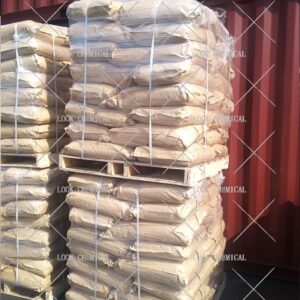
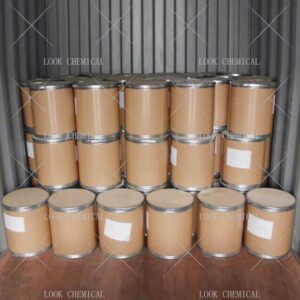
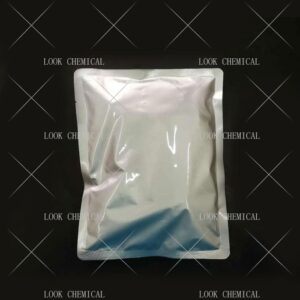
Related References:
chemicalbook-HEPES
HEPES Manufacturer
Contact Us
As an experienced HEPES manufacturer and supplier, Look Chemical is committed to producing and selling high quality products.
We cooperate and trade with 6000+ factories around the world, and our high-quality products and excellent services make us enjoy a high reputation internationally.
As HEPES CAS 7365-45-9 supplier, Look Chemical provides supply chain solutions to partners and customers in a wide range of industries. We offer competitive pricing and quality products.
If you have a demand for this product, please contact our company’s sales staff, we will provide you with a solution in the shortest time.
Transport proposal

1. For products ≤50kg, we recommend using express delivery, which is usually called DDU service (discounted, convenient).
2. For products ≤500kg, we generally recommend air freight, which is usually called FOB, CFR or CIF service (fast and efficient).
3. For products >500kg, we generally recommend shipping by sea, which is usually called FOB, CFR or CIF service (economical, safe).
4. For high-value products, please choose air or express to ensure the safety of product transportation.
Shandong Lookchemical service:
* Timely reply and 24 hours online, the professional team will provide you with the most favorable prices and high-quality products.
* The sample supports testing and inspection.
* Each batch of products will be tested to ensure that its quality meets user needs.
*Packaging can also be made according to customer requirements.
*Any inquiries will be answered by our relevant personnel within 24 hours.
*We will provide you with commercial invoice, packing list, packing list, COA, health certificate and certificate of origin if you need it. If your market has other special requirements, please let us know.
*We will monitor the logistics information in real time and will share the information with you.
* You can consult us at any time if you have any questions about the product, and we will answer you in time.
*If you have any questions about the product, you can report it to us, we will deal with it in time for you, and the product can be returned.
Contact Us
Frequently Asked Questions(FAQ):
We will make samples before mass production, and after sample approved, we’ll begin mass production. Doing 100% inspection during production, then do random inspection before packing.
Our MOQ is 1kg. But usually we accept less quantity such as 100g on the condition that sample charge is 100% paid.
Yes. We’ll give you product analysis report before shipping.
Different quantity has different discount.
Yes. Welcome to visit.
You can get free samples for some products,you only need to pay the shipping cost or arrange a courier to us and take the samples. You can send us your product specifications and requests,we will manufacture the products according to your requests.


